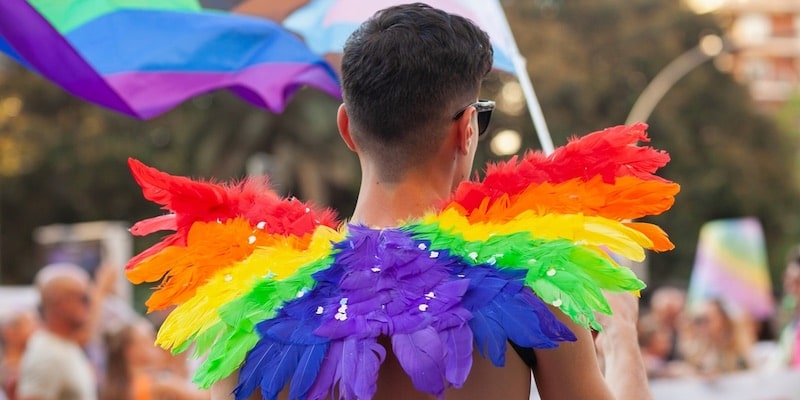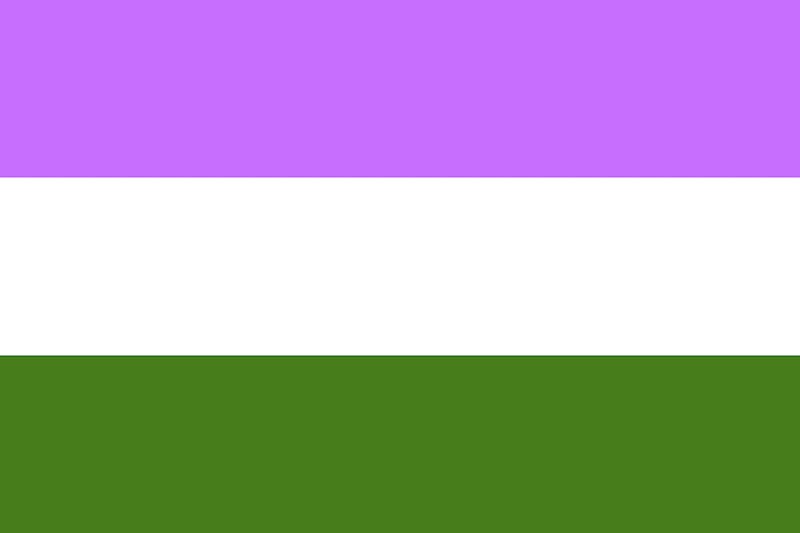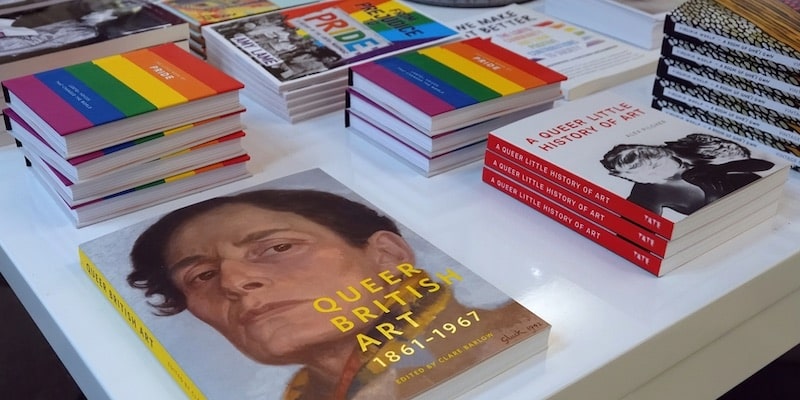We explain to you what it is queerwhat is its flag and how it differs from non-binary. In addition, we tell you what the theory is queer.

What is it queer?
In the jargon of sexual diversity and gender identity, queer is a neologism with a very broad meaning, which is used to refer to those whose conception of themselves rejects traditional sexual definitions of “masculine” and “feminine” and that, therefore, they could occupy an intermediate category, both categories at the same time or be established outside the division between men and women.
Even so, the exact meaning of queer It is a matter of debate, and is often used as an “umbrella” term, that is, as a category within which to place those sexualities or gender identities that reject traditional considerations (genderqueer either gender queer). In that sense, the term recovers its Anglo-Saxon meaning of “strange”, “unusual”, since it is an Anglicism, a loan from English, and that is why it should always be written with italics.
The word “queer” emerged in the English language as a pejorative term with which to refer to homosexuals, especially male homosexuals. However, In the 1920s and 1930s it was adopted by different homosexual militancy groups to make their sexual orientation visible and began to have a new meaning when it was used in the 1990s within the framework of the fight for more effective and inclusive public health measures regarding the homosexual population, particularly affected by the HIV/AIDS epidemic.
Hence the term queer acquired its sense of protest and struggle, and It soon began to integrate the jargon of academia and cultural debate when the “theory queer”, that is, a gender-diverse approach, close to feminism, applied to political, social and even anthropological issues. Currently, the term queer tends to be used for those people whose sexual, erotic and romantic connection does not respond to the man/woman classification
See also: Gender fluid
Flag queer

Designed by activist Marilyn Roxie, the flag queer It is a symbol created to make the collective visible queer within the so-called “gender policies” that in the second decade of the 21st century seek to question and change traditional practices and discourses around sex and sexuality.
The flag queer It consists of three rectangular stripes of different colors, which are:
- Lavender. Color obtained by mixing blue (traditionally masculine) and pink (traditionally feminine), to represent androgyny.
- White. Color associated with agender and neutral gender identity.
- Dark green. Color opposite to lavender on the chromatic scale, to represent people whose identity is outside the male-female binary.
Difference between queer and non-binary
Although it is difficult to find a universally accepted definition of queerthis term tends to be used to identify a free sexual orientation, outside the binaries of man-woman, or trans-cis. So, a person queer is that that is attracted to anyone regardless of the other's gender, or who simply He does not find a fixed and established category to define his sexuality
Instead, A non-binary person is someone who does not perceive themselves as either a man or a woman but in another way. This, however, says little about their sexual orientation, that is, who they are attracted to erotically and romantically.
What is theory queer?

The theory queer is a field of critical theory that emerged in the 1990s, whose mission is to question certain essentialist, reductionist or discriminatory cultural visions regarding sex divergence that is, the LGBT+ community. It is a social and political approach to human sexuality, which rejects the existence of fixed categories in such matters and rather seeks to dismantle them, in favor of a more malleable and ductile vision of human sexuality.
The expression “theory” queer” was coined by the Italian feminist theorist Teresa de Lauretis (1938-), and quickly adopted by other critical thinkers such as Gloria Anzaldúa, Judith Butler and Paul B. Preciado, among others. Among its theoretical roots are the works of the French theorist Michel Foucault (1926-1984) and the philosopher Monique Wittig (1935-2003), among others.
What does “cisgender” mean?
The term “cisgender” is used to refer to people whose corporality and genitality conform to the mental perception of their sex or gender (that is, how they perceive themselves). Those who, on the contrary, have a corporality and genitality that does not correspond to what they mentally perceive of themselves are called trans.
In simpler terms: a man and a woman are cisgender if they feel that they are male and female respectively, while a man and a woman are transgender if they feel that their body does not correspond to who they really are.
What does “LGBT” mean?
LGBT is a term composed of the acronym Lesbians, Gays, Bisexuals and Transsexuals, which refers to the sexually diverse community, that is, to the different social movements of vindication or visibility of ways of living sexuality other than heterosexuality.
Sometimes the term brings together other additional acronyms, such as LGBTTT (to add Transvestites and Transgender), LGBTQ (to add the queer), LGBTI (to add intersexuality) and even LGBT+ (to indicate with the + everything for which there is no precise name).
References
- “What is the difference between non-binary, queer and gender non-conforming?” on VICE.
- “Nonbinary gender” on Wikipedia.
- “Queer (sexual politics)” in The Encyclopaedia Britannica.





